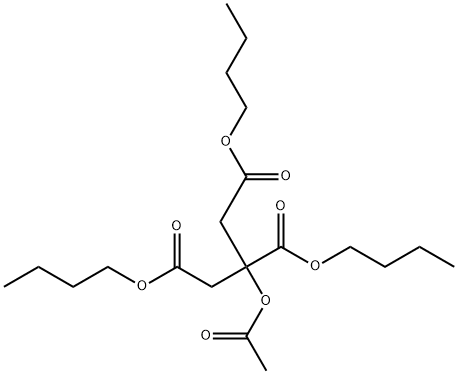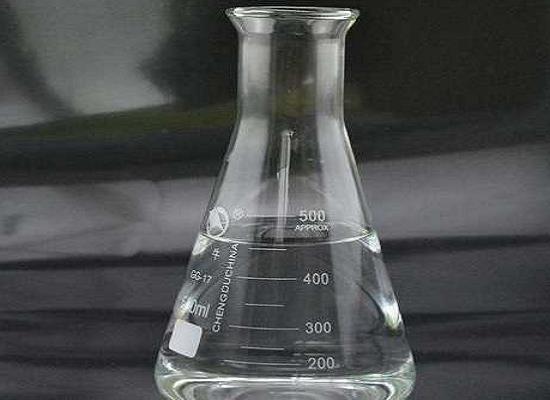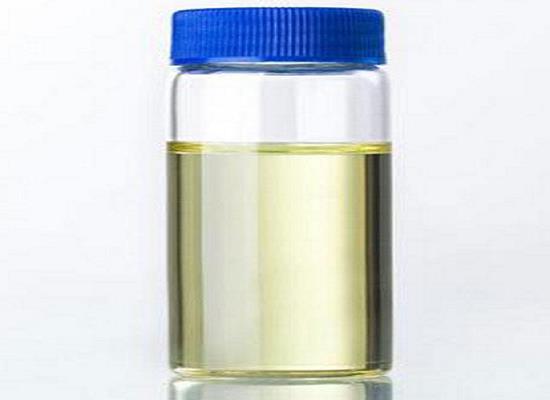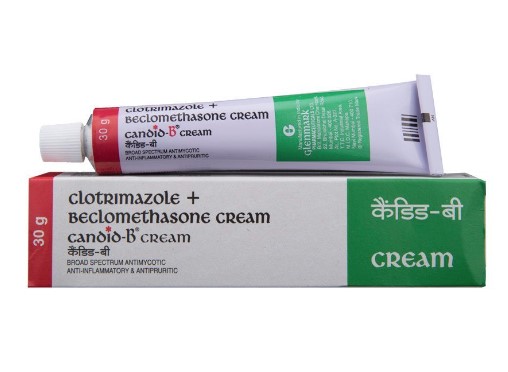Use and safety of Acetyl tributyl citrate as a plasticizer
Description
A plasticizer is a substance that is added to a material to make it softer and more flexible, to increase its plasticity, to decrease its viscosity, and/or to decrease friction during its handling in manufacture. In the cosmetics and personal care industries, these substances are added to products to increase the staying power of scented products such as lotions, body washes, and shampoos, to increase the adhesion of hair products and nail polish, and to promote skin penetration.

In cosmetic
Acetyl Triethyl Citrate, Acetyl Tributyl Citrate, Acetyl Trihexyl Citrate, and Acetyl Trioctyl Citrate all function as plasticizers in cosmetics. These ingredients were sufficiently similar in structure that safety test data on one were considered applicable to all[1]. Acetyl Triethyl Citrate and Acetyl Tributyl Citrate are used in nail products at concentrations up to 7%. These ingredients were not genotoxic in bacterial or mammalian test systems. No significant differences in tumor induction (lymphomas) were noted in rats fed Acetyl Tributyl Citrate for 2 years. Acetyl Tributyl Citrate was not a developmental or reproductive toxicant in studies in mice and rats. Based on all the available data, these ingredients were considered safe when used in cosmetics.
In pharmaceutical
In addition to being a plasticizer in cosmetics, Acetyl tributyl citrate is also a (the Food and Drug Administration) FDA-approved substance for use as a pharmaceutical excipient. It is used in the pharmaceutical coating of solid oral dosage forms such as coated tablets or capsules. For pharmaceutical applications, the use of only several kinds of plasticizers has been approved as it requires low toxicity and migration[2]. Pharmaceutically used plasticizers can be categorized into hydrophobic and hydrophilic groups. The hydrophilic plasticizers include clycerin, polyethylene glycols, polyethylene glycols monomethyl ether, propylene glycol, and sorbitol sorbitan solution. Acetyl tributyl citrate is a hydrophobic plasticizer and could be biodegradable.
Metabolism
Approximately 99% of orally administered Acetyl Tributyl Citrate is excreted-intermediate metabolites include acetyl citrate, monobutyl citrate, acetyl monobutyl citrate, dibutyl citrate, and acetyl dibutyl citrate. Thus, the metabolites are mainly generated via hydrolysis and any significant toxic issues are not expected based on their chemical structures. According to a report on the safety of ATBC, approximately 99% of 14C-ATBC orally administered to rats was excreted in urine (59–70%), feces (25–36%), and expired air (2%) within 48 h. Research has reported that ATBC was rapidly absorbed and eliminated and the bioavailability was 27.4%[2].
References
[1] Johnson W. Final report on the safety assessment of acetyl triethyl citrate, acetyl tributyl citrate, acetyl trihexyl citrate, and acetyl trioctyl citrate. International Journal of Toxicology, 2002.
[2] Kim H, et al. Pharmacokinetic Properties of Acetyl Tributyl Citrate, a Pharmaceutical Excipient. Pharmaceutics, 2008; 10: 177.
You may like
Related articles And Qustion
See also
Lastest Price from Acetyl tributyl citrate manufacturers

US $10.00/KG2025-04-21
- CAS:
- 77-90-7
- Min. Order:
- 1KG
- Purity:
- 99%
- Supply Ability:
- 10 mt

US $770.00/kg2025-04-21
- CAS:
- 77-90-7
- Min. Order:
- 1000kg
- Purity:
- 99%
- Supply Ability:
- 20 tons



